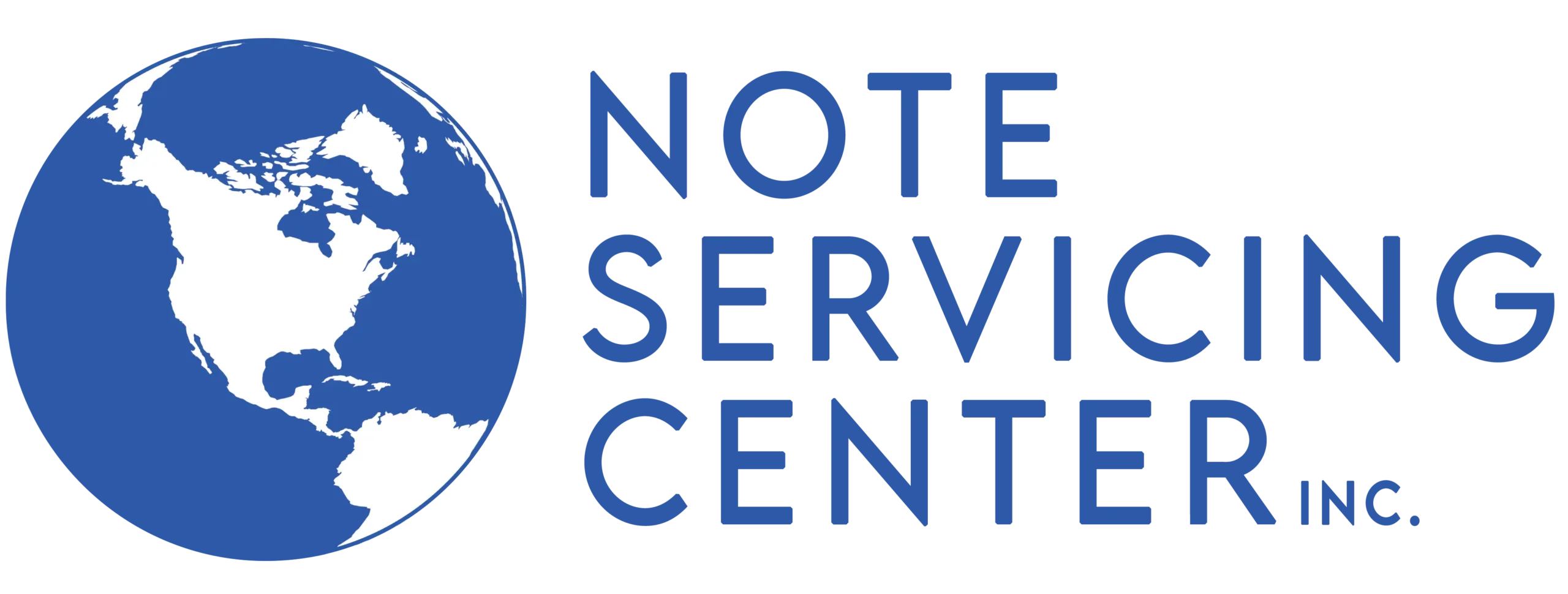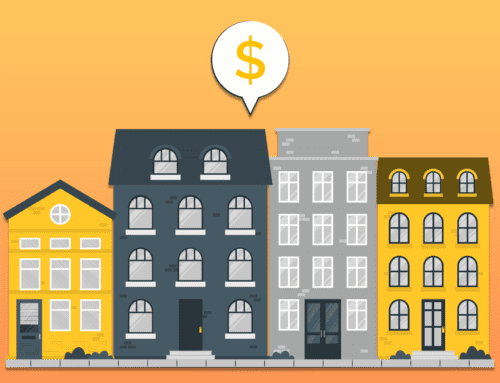Hard money lenders usually consider if the property is owner-occupied or non-owner-occupied. However, hard money lenders often will not provide loans to owner-occupied properties because the lender must adhere strictly to some regulations during transactions. For instance, owner-occupied properties often come with more paperwork and licensing, which usually slow down the loan processing. Meanwhile, non-owner-occupied properties can be approved and funded quickly since no government regulation or licensing must go into the investment process.
There are three main types of properties hard money lenders usually considered when giving out loans to borrowers. Anything other than these three types of properties can result in loss.
- Construction of loan for a family home
- Loans to finance purchases and renovations of a quick sale property or fix and flip.
- Loans that are used to purchase smaller income properties.
These properties are great for hard money loans because they are indigenously known and best suited for a short-term investment. After all, most construction and renovation projects operate on shorter timelines. Therefore, it makes hard money loans the most beneficial to the borrowers who need them. Before a lender releases a hard loan to a borrower, it must be linked with information on all the properties mentioned above. It must also provide the correct loan-to-value. This means that the loan must not be more than 75% of the property value and up to 80% of the construction costs. Armed with this information, lenders must observe and ensure a compelling exit strategy for selling or refinancing.
To know more about properties best suited to hard lenders before approving loans, click here.
About Note Servicing Center
Note Servicing Center provides professional, fully compliant loan servicing for private mortgage investors so they can avoid the aggravation of servicing their own loans and just relax and get paid.
Contact us today for more information.






